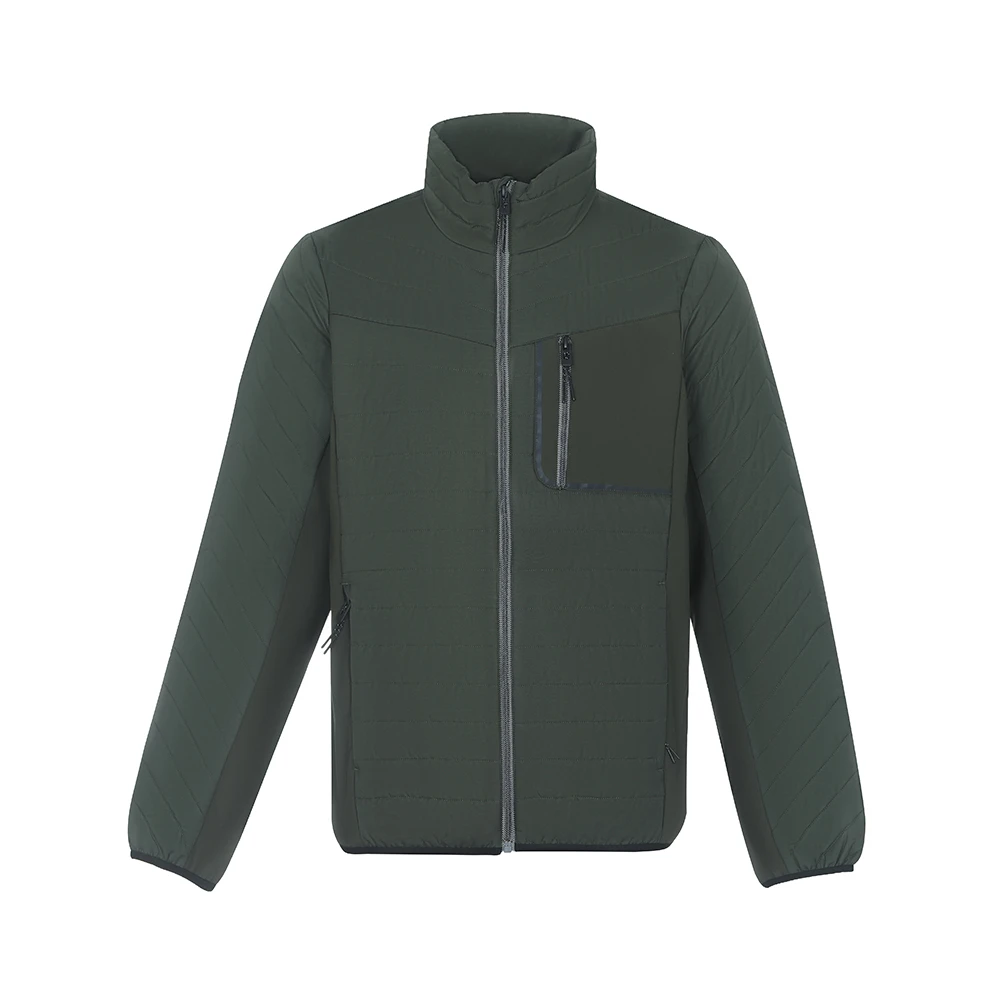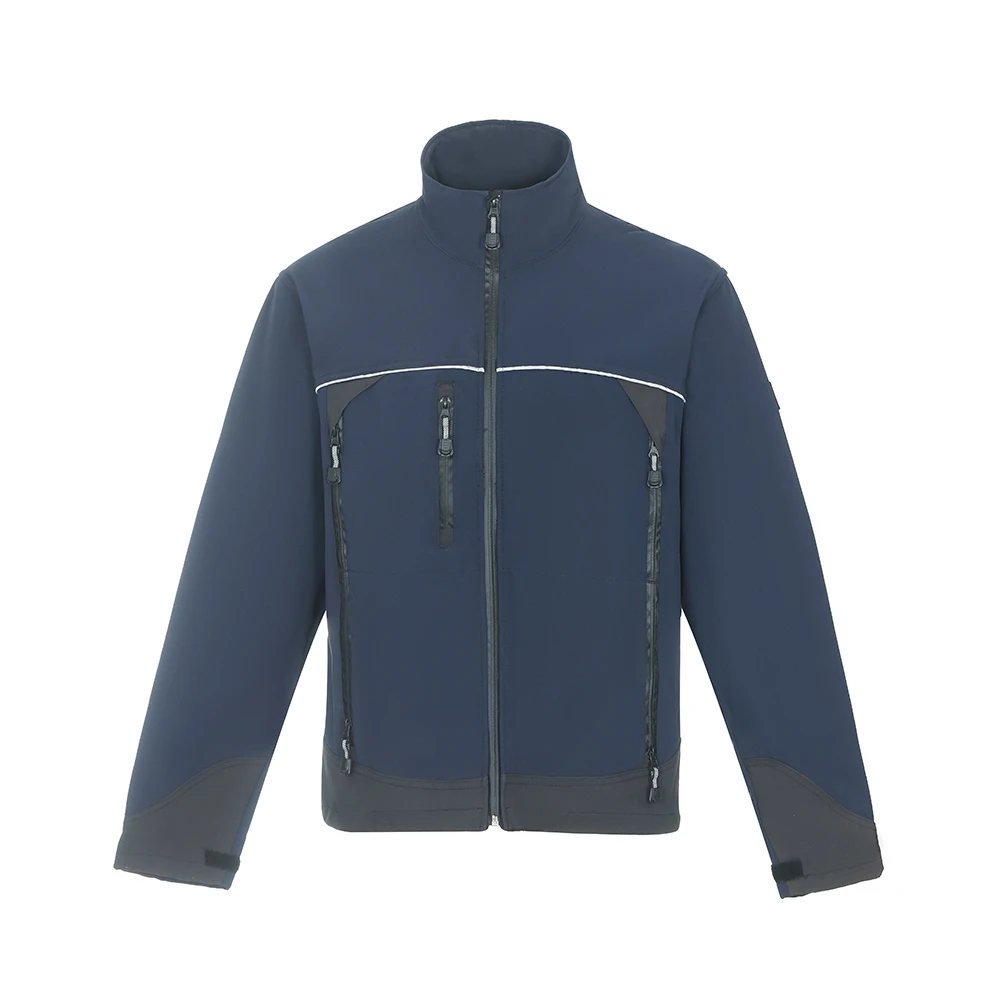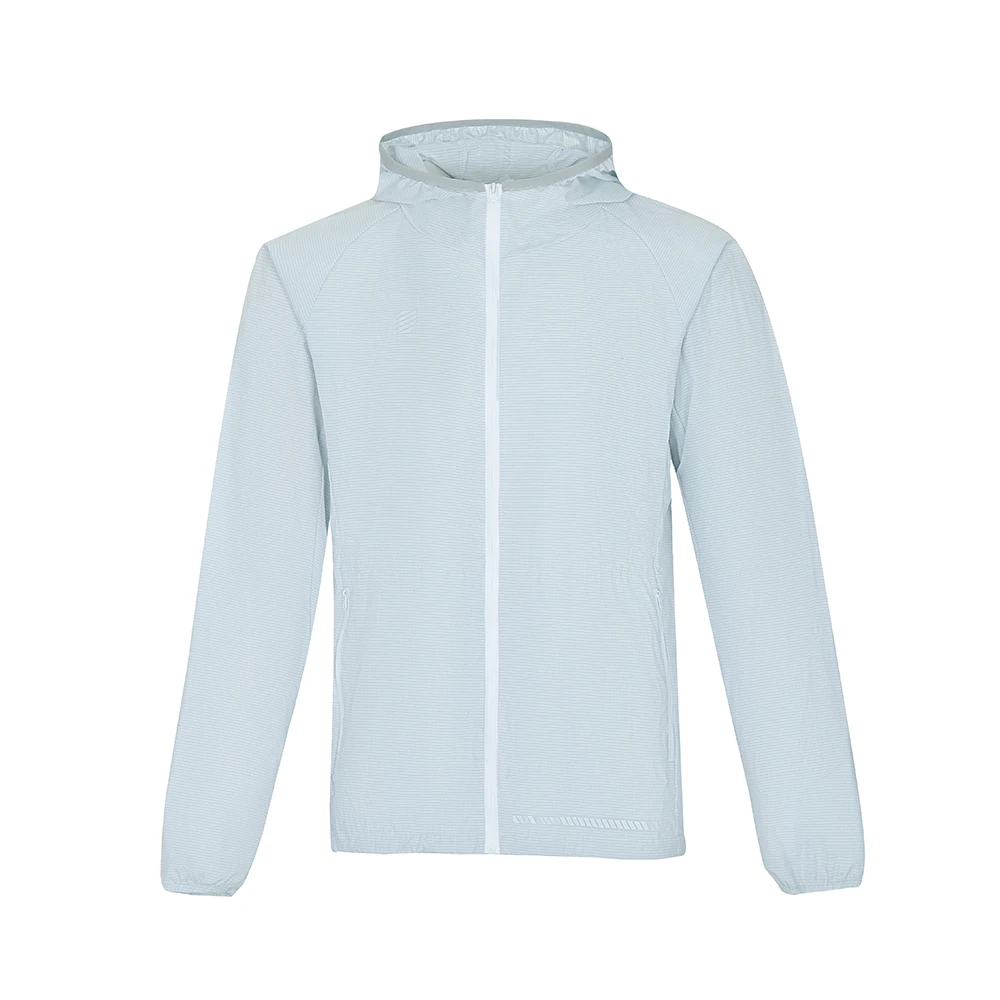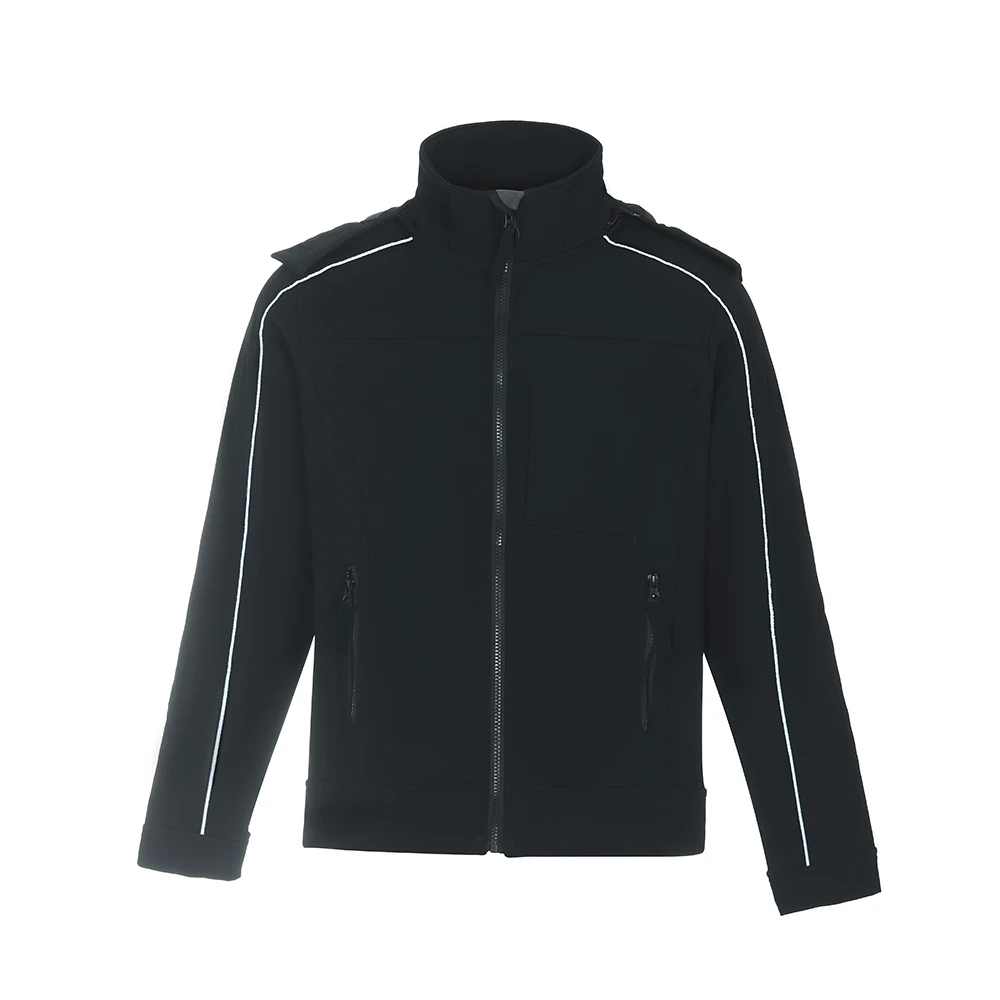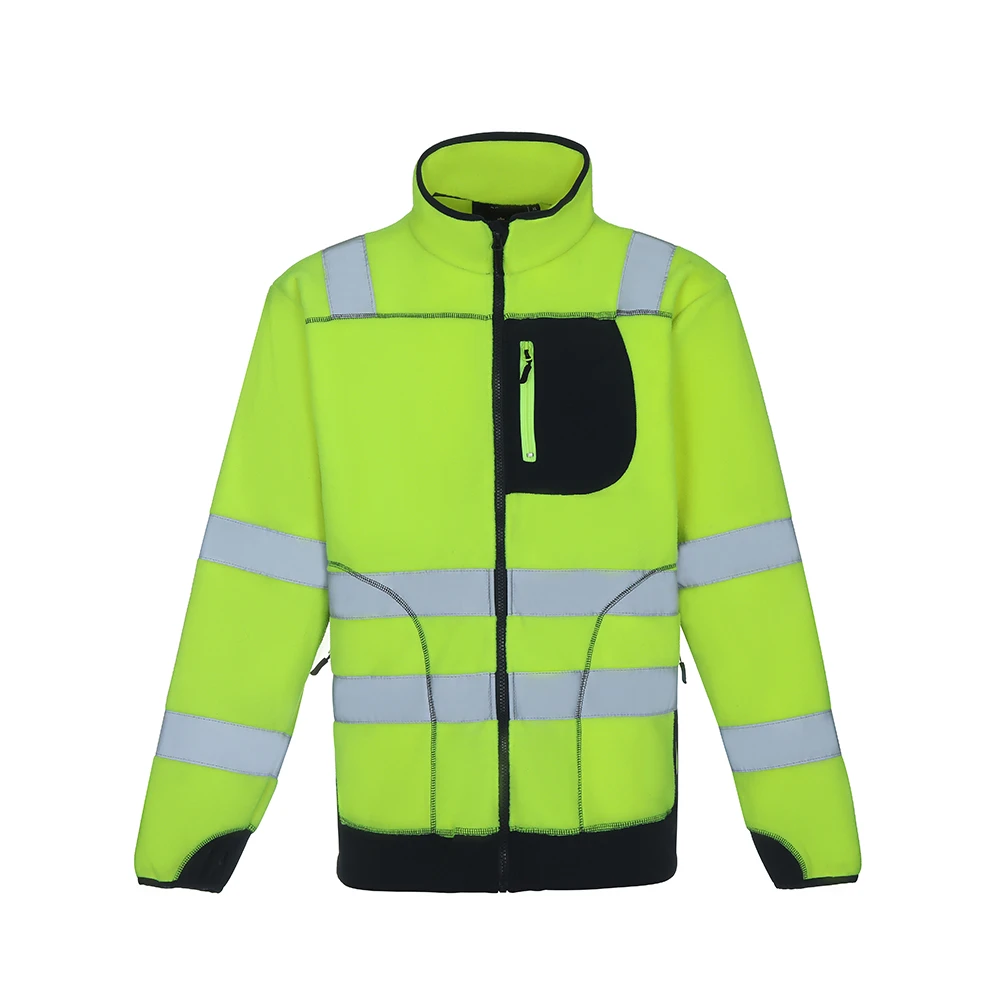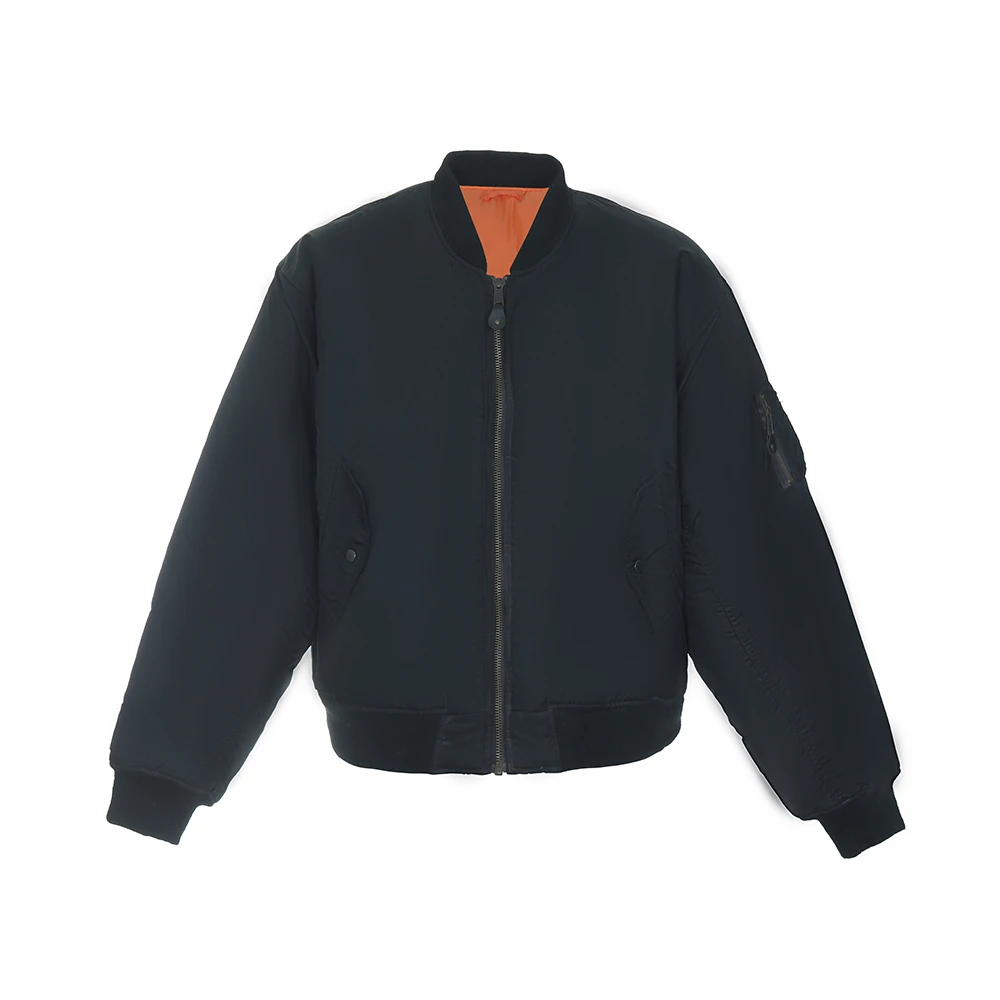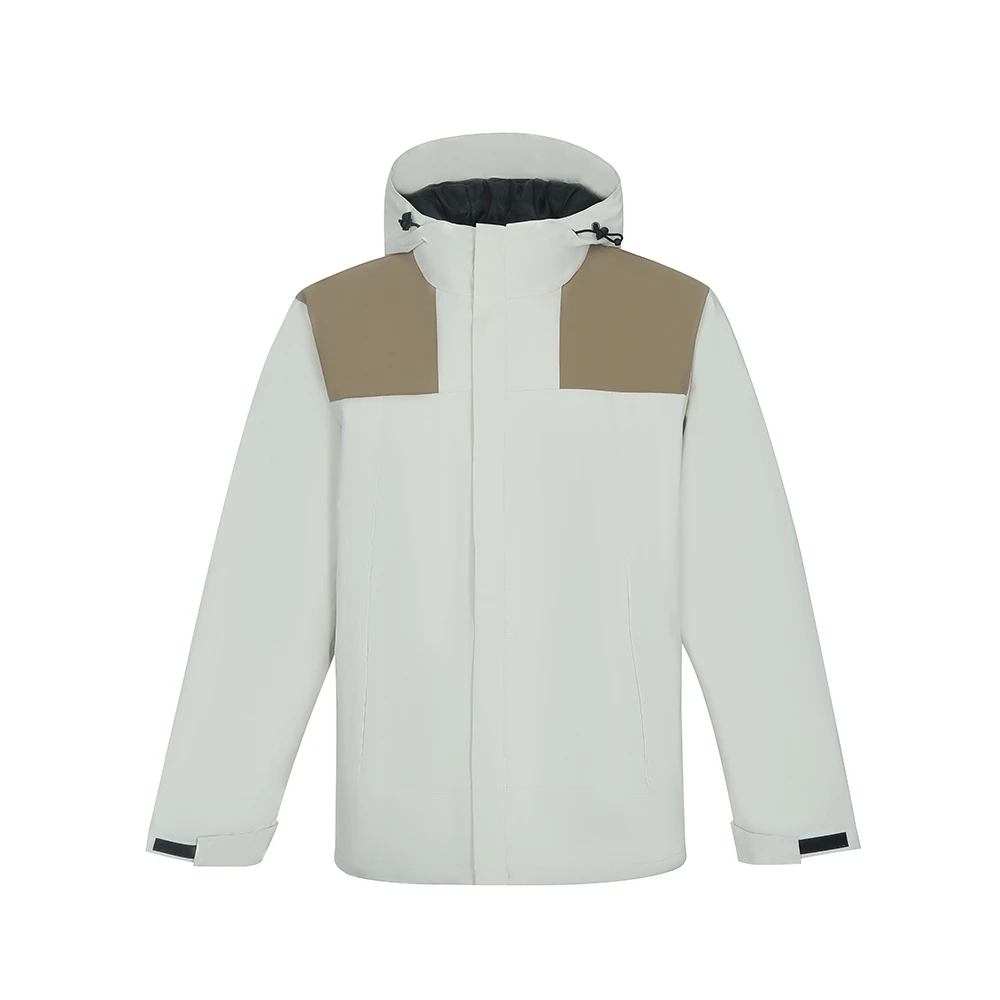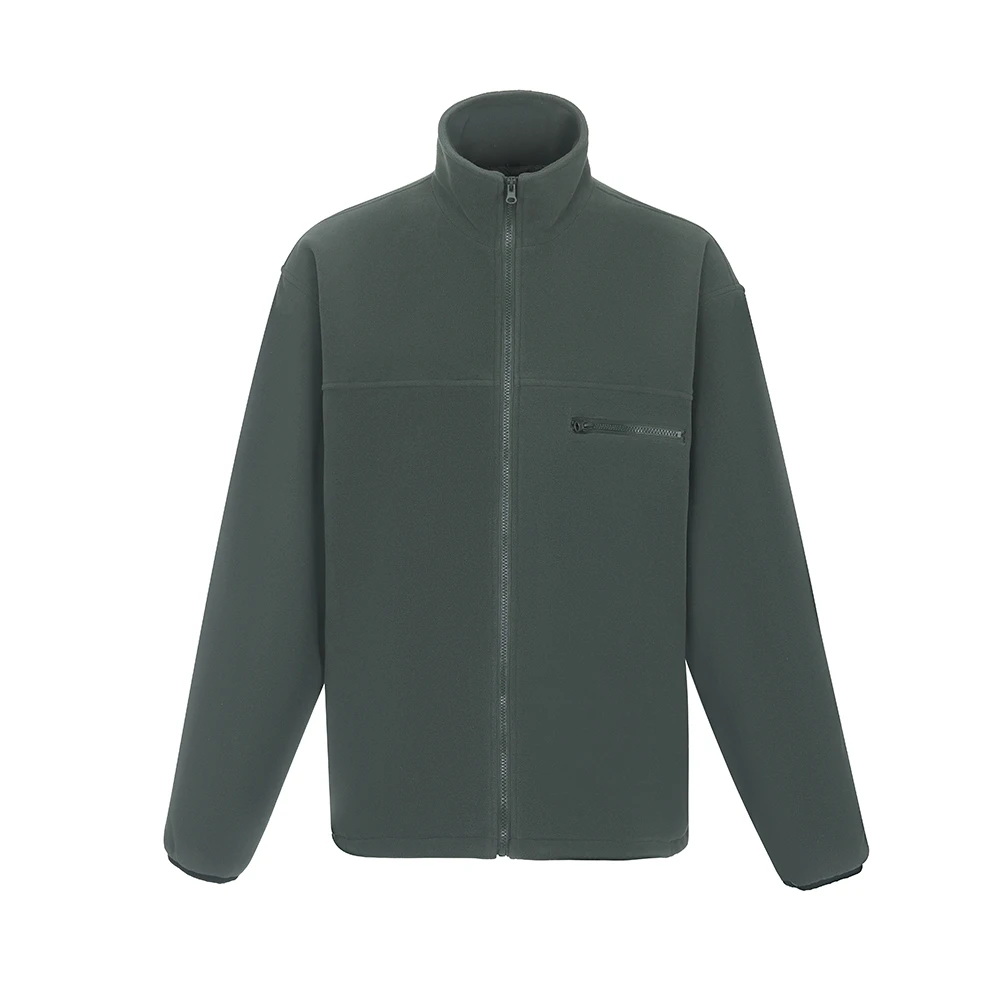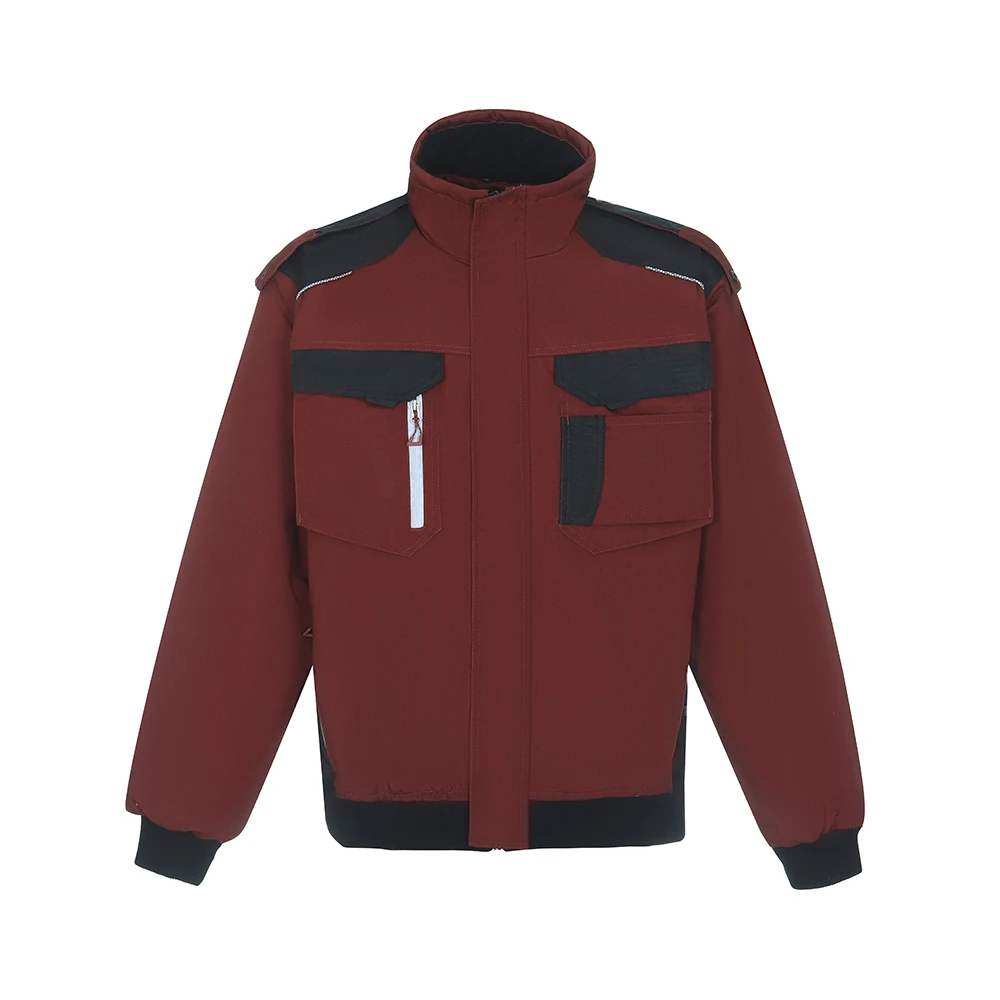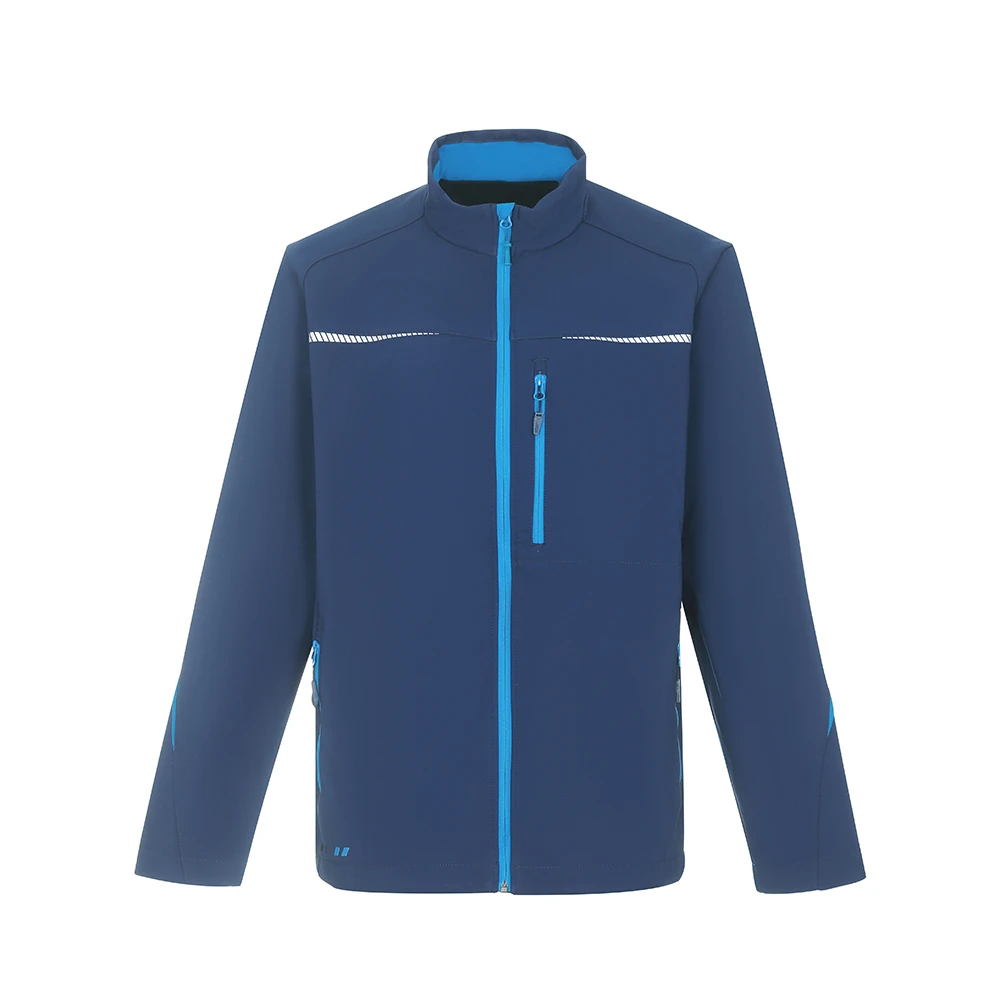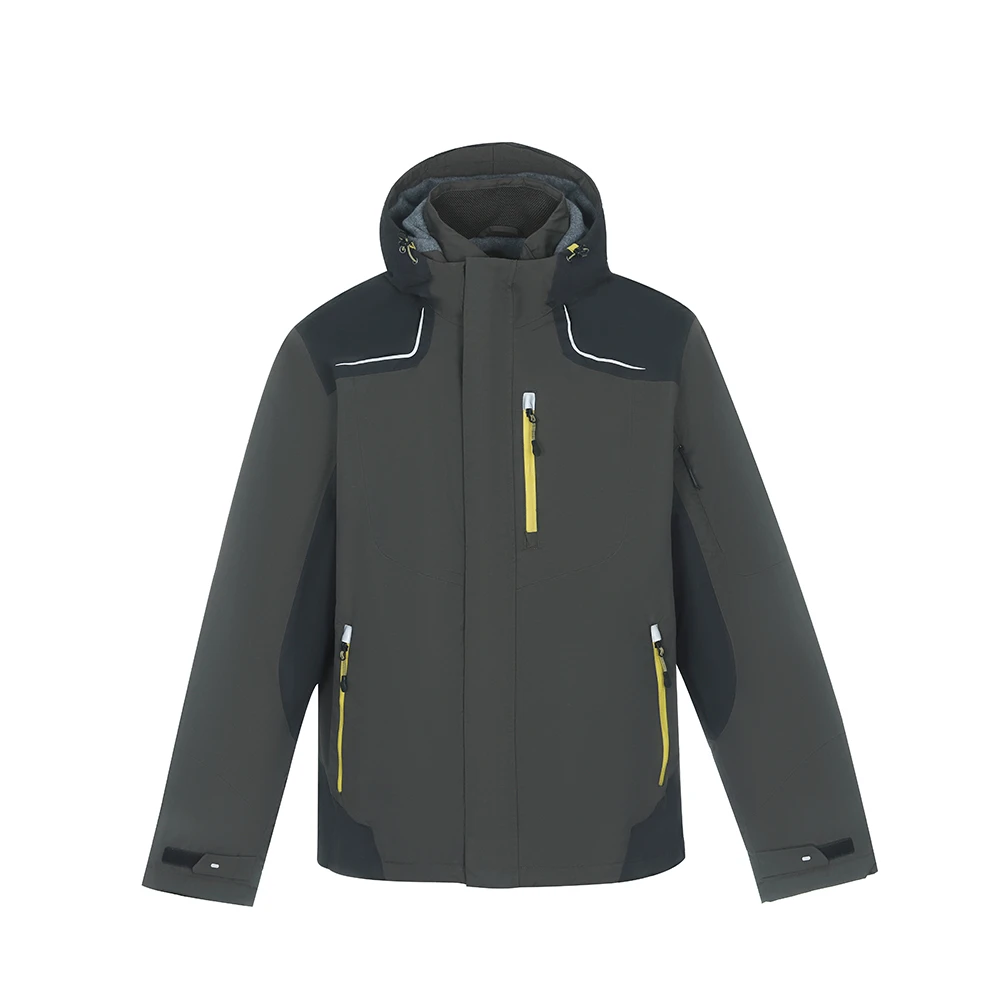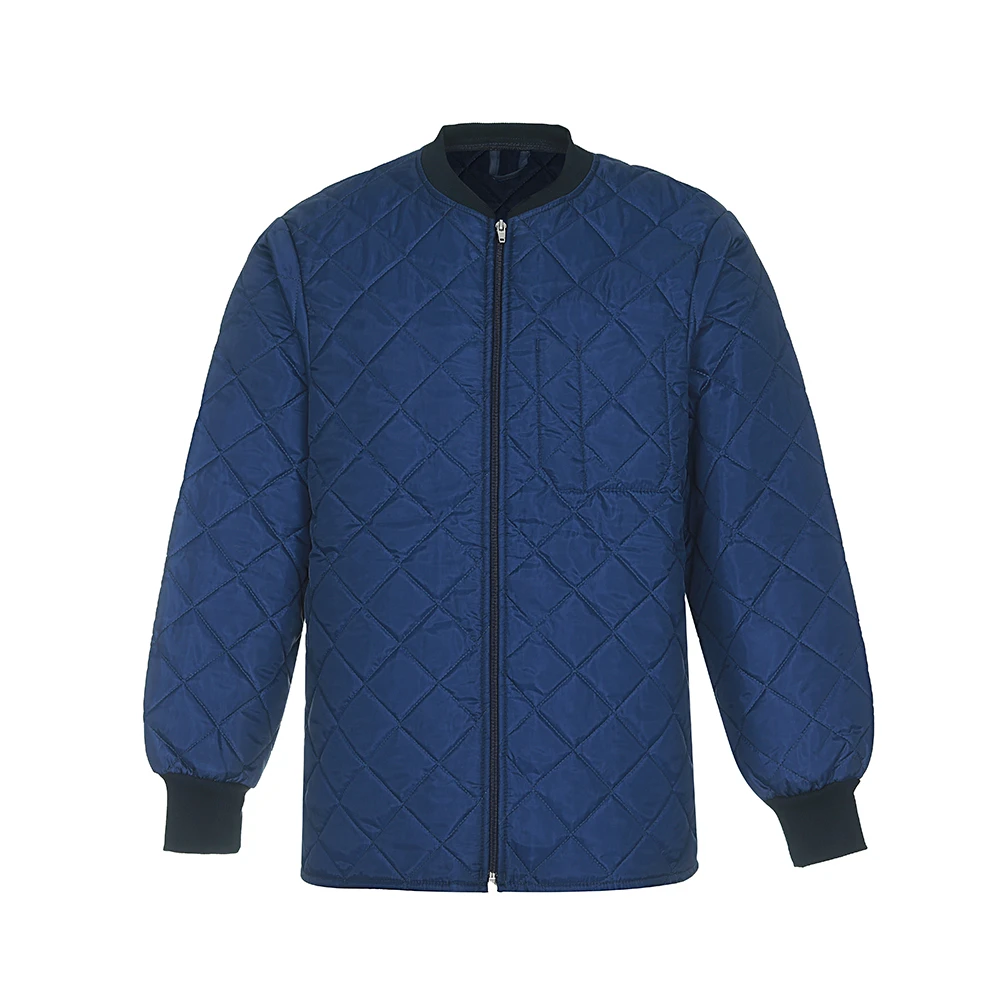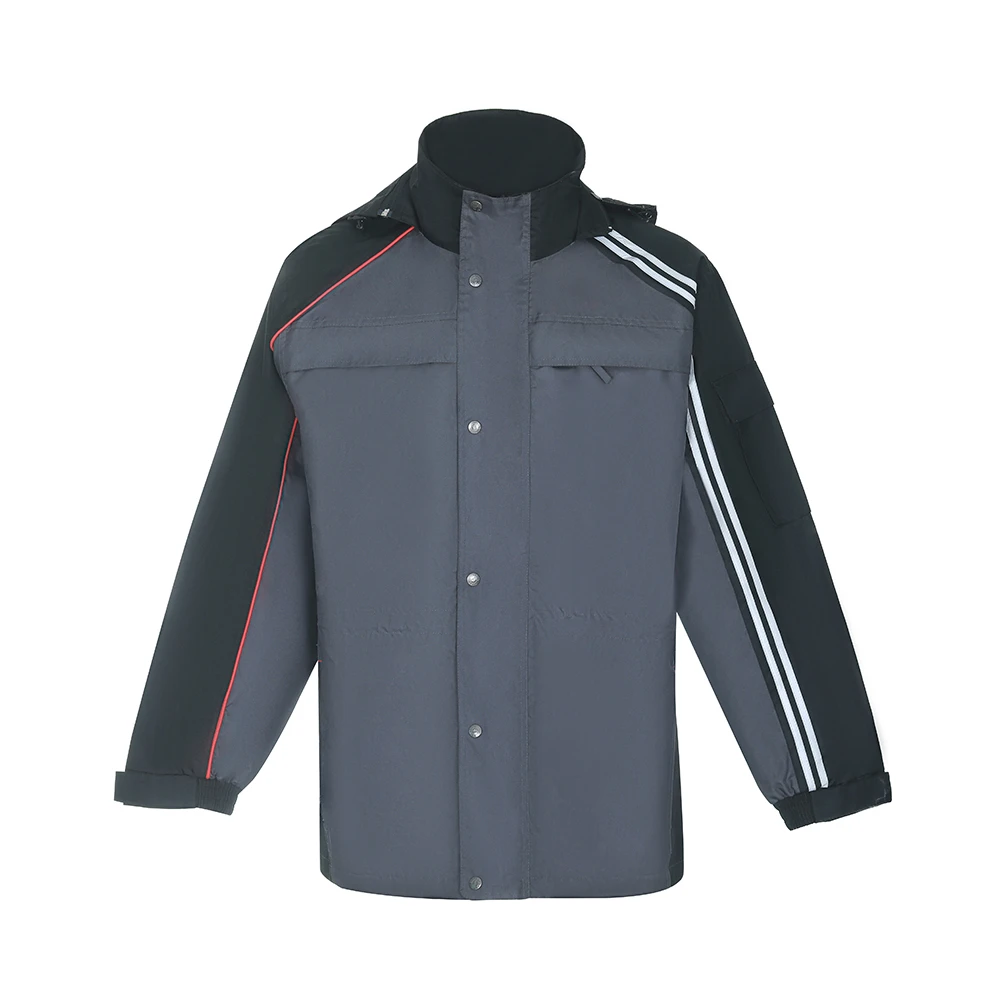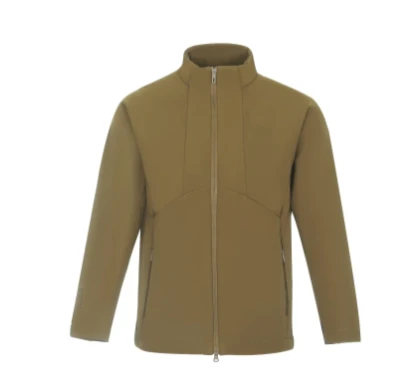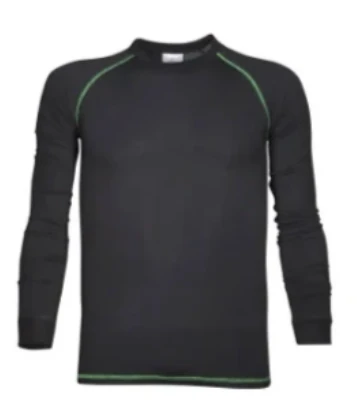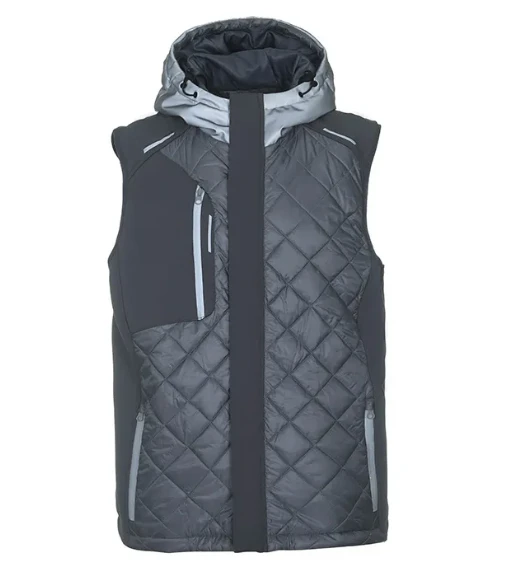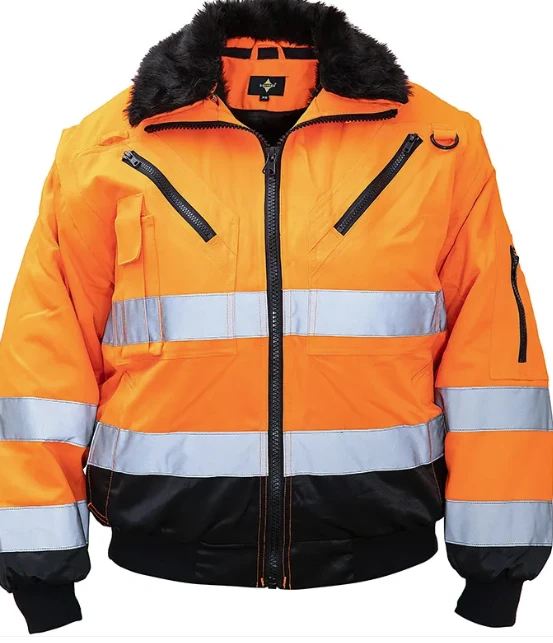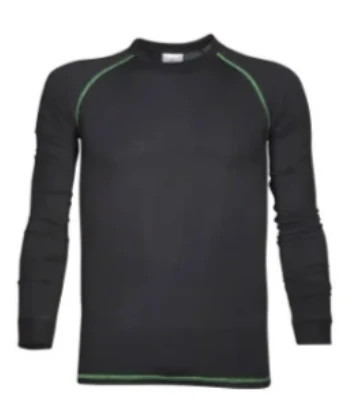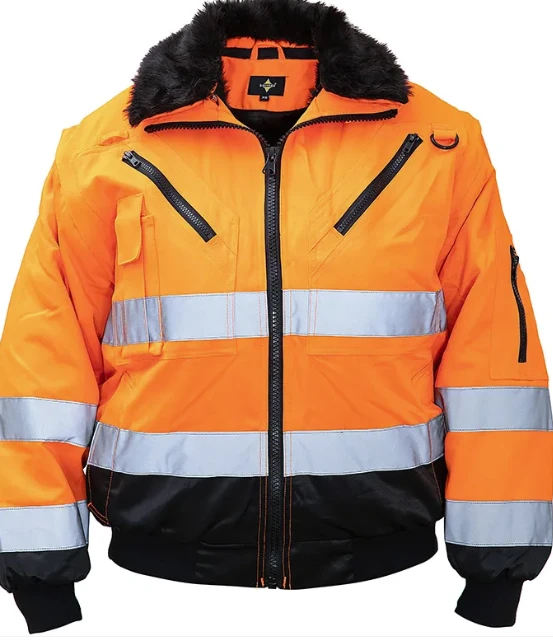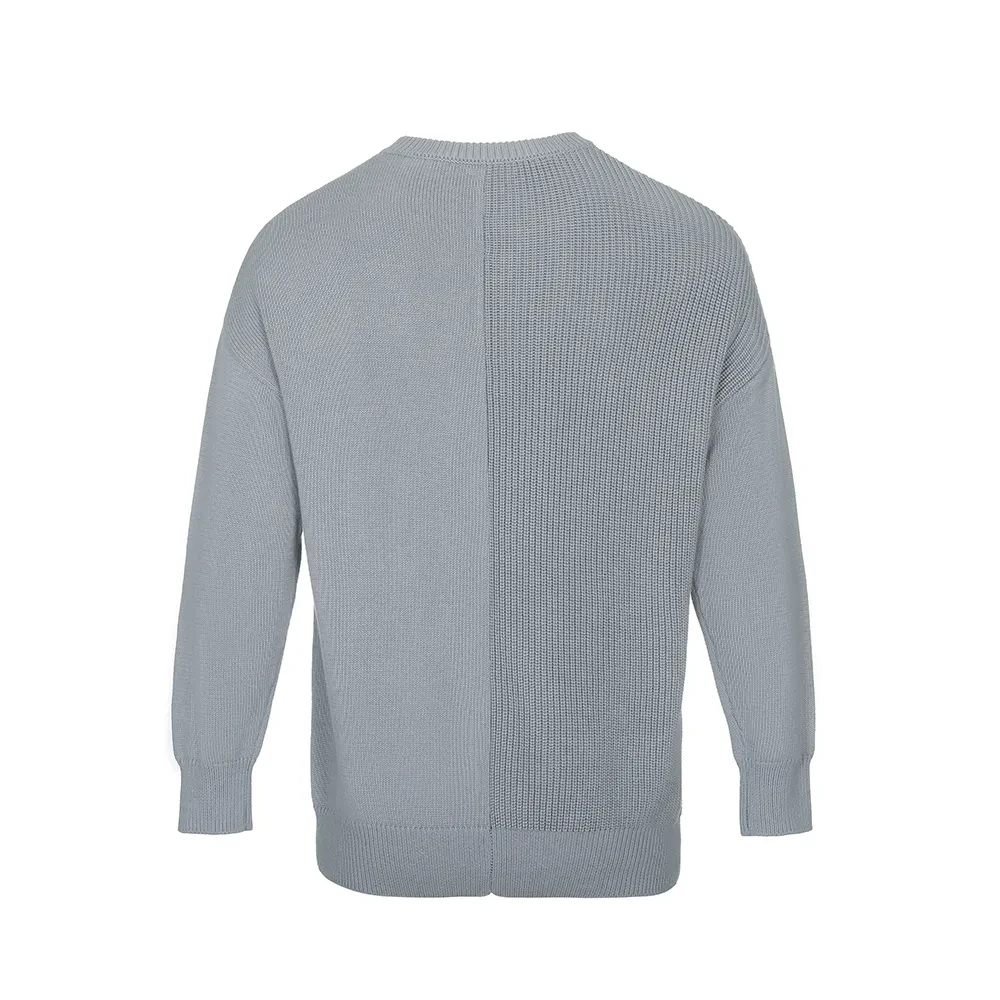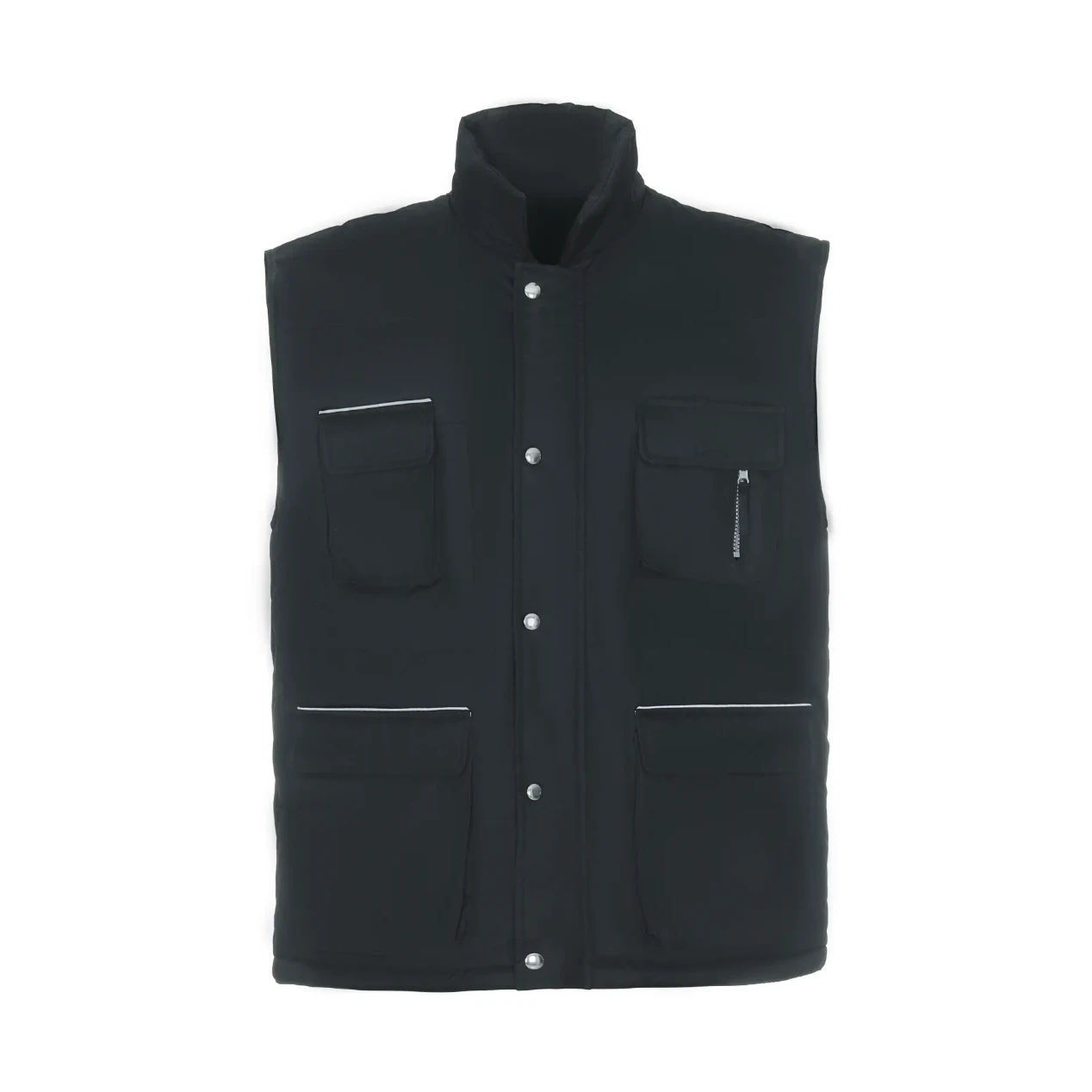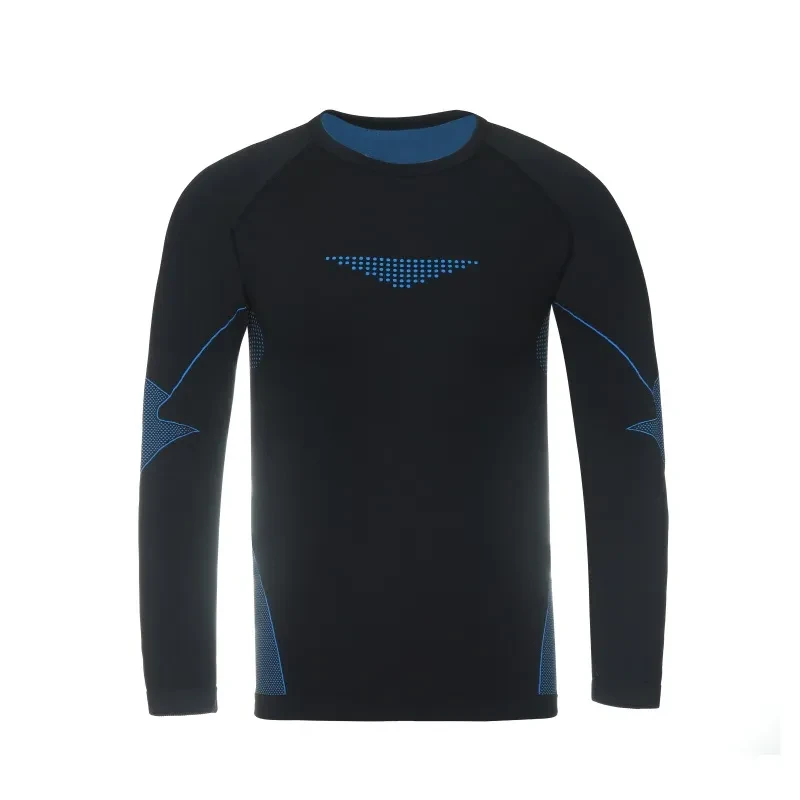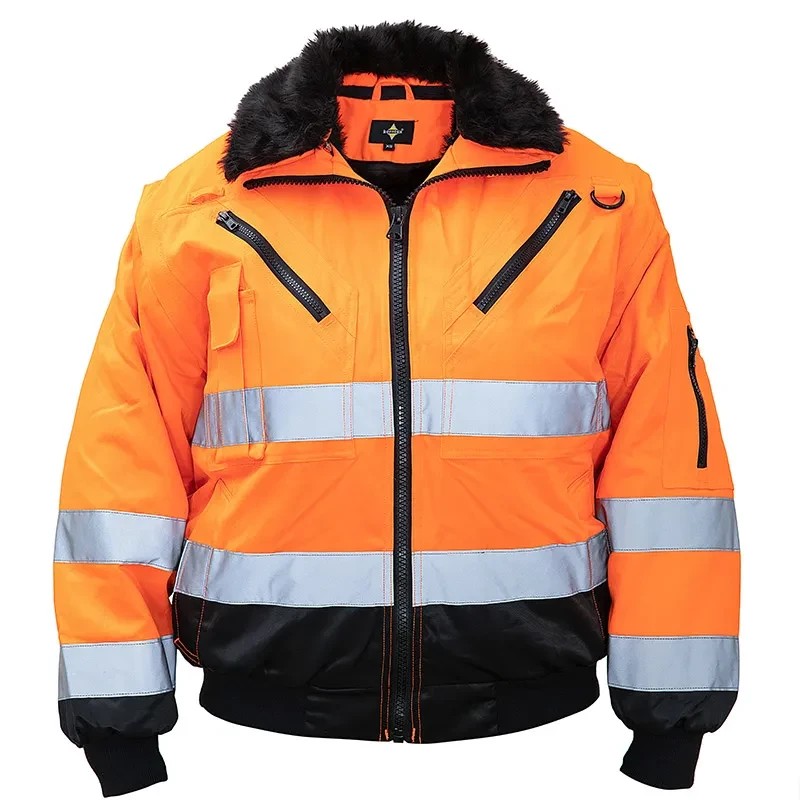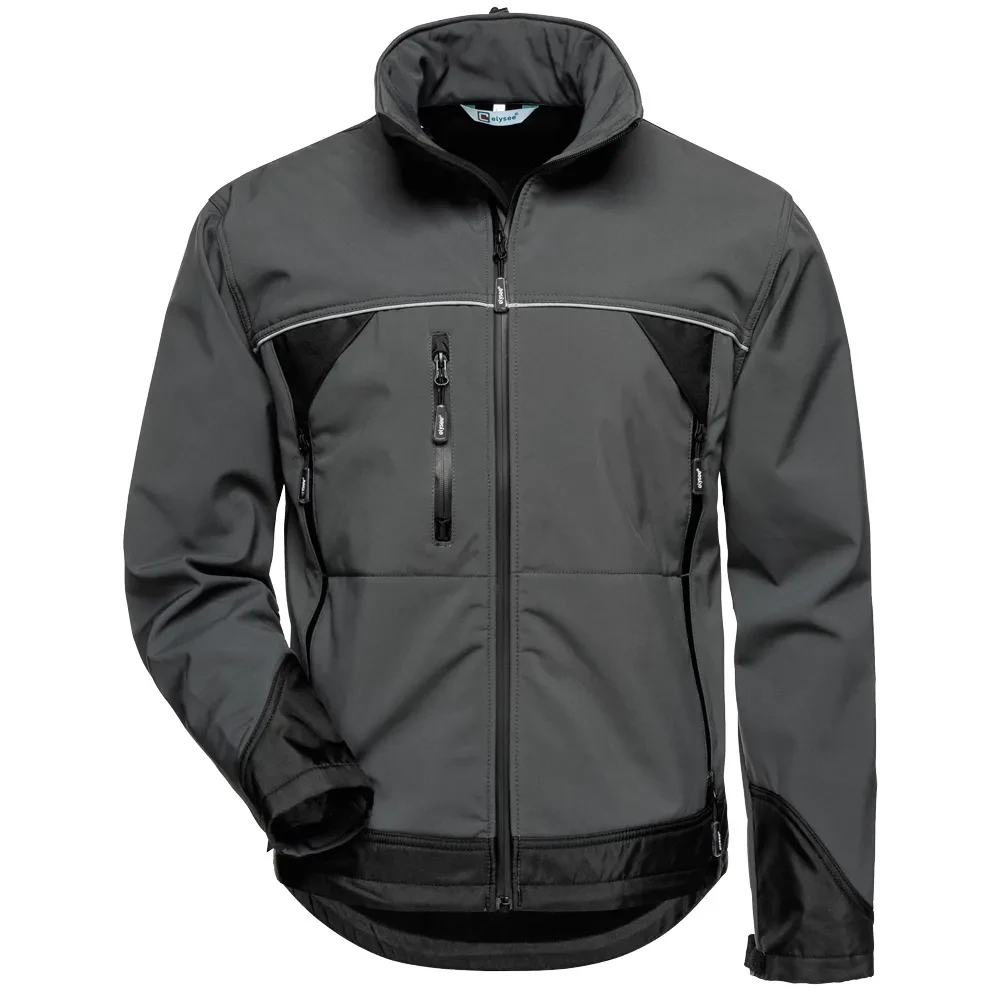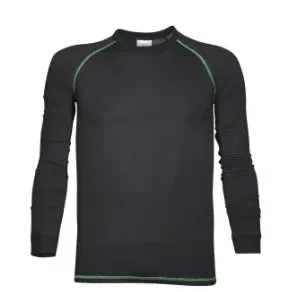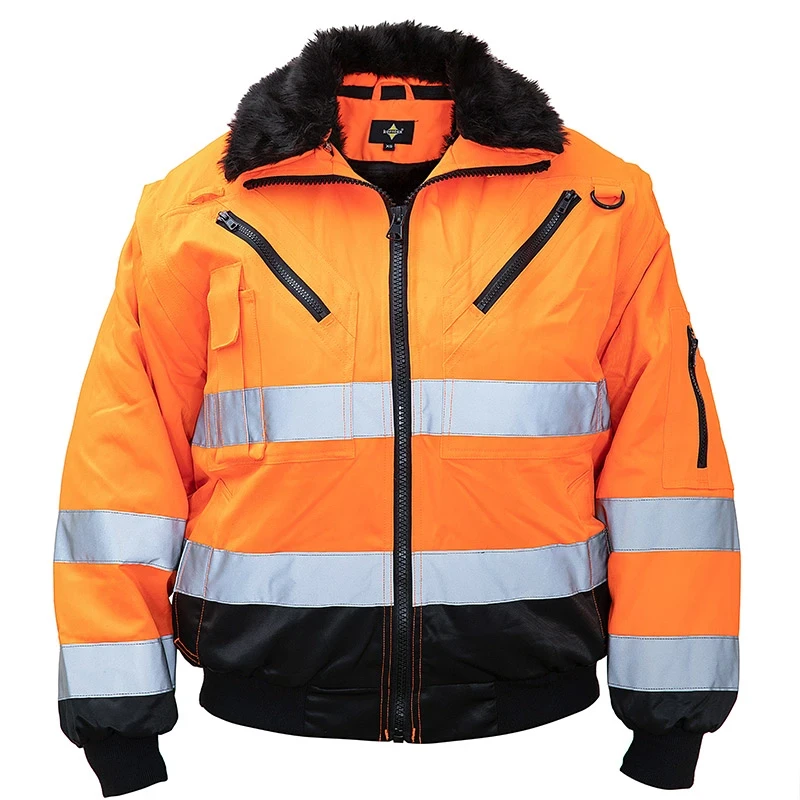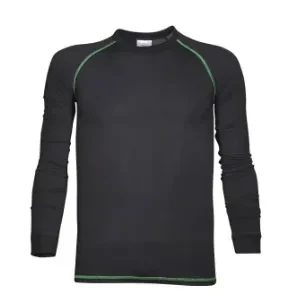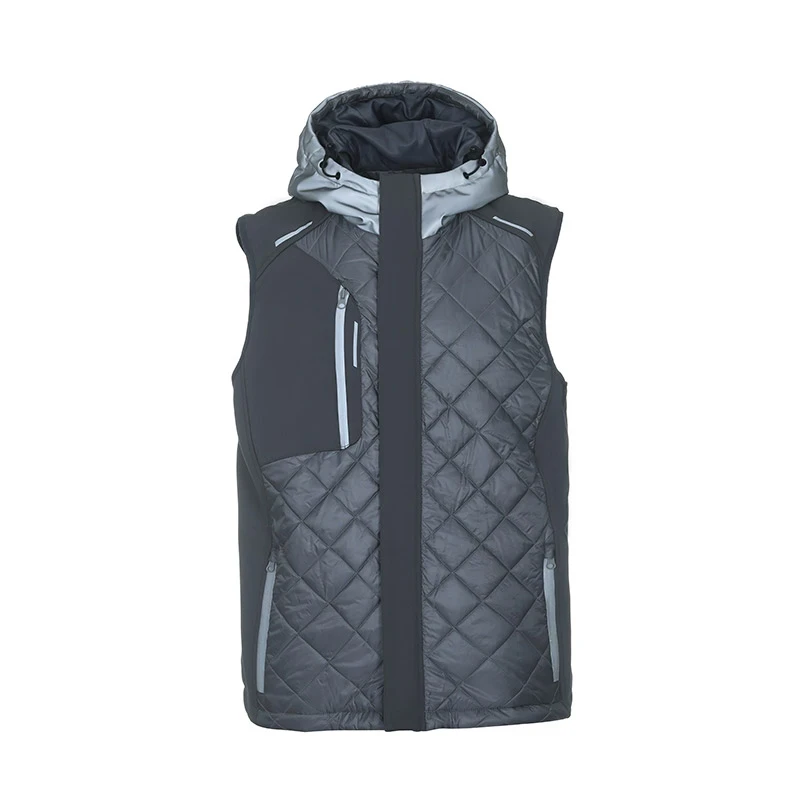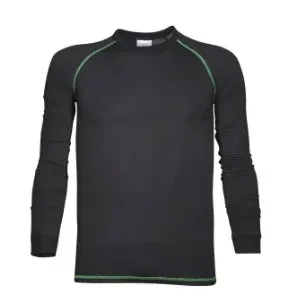Soft Rain Jacket: Waterproof & Warm for All Seasons
Understanding High-Performance Rain Jackets in Industrial Applications
In demanding professional environments, the integrity of protective outerwear is paramount. A high-performance rain jacket is not merely an accessory but a critical piece of personal protective equipment, engineered to withstand the harshest elements while ensuring wearer comfort and mobility. The evolution of fabric technology and manufacturing precision has transformed these garments from simple water repellents to sophisticated systems offering unparalleled protection against precipitation, wind, and even abrasion. This section delves into the fundamental characteristics and the growing importance of advanced weather-protective clothing across various industrial sectors.
Industry trends indicate a significant shift towards technical fabrics that offer multi-functional properties. For instance, the demand for lightweight yet robust materials with superior hydrostatic head ratings and exceptional breathability is surging, particularly in sectors where personnel are engaged in physically demanding tasks for extended periods. Furthermore, there is an increasing emphasis on sustainability in material sourcing and manufacturing processes, with certifications like bluesign and Oeko-Tex becoming increasingly relevant. The integration of smart textile technologies, such as embedded sensors for monitoring wearer vitals or environmental conditions, also represents a burgeoning area of innovation that promises to redefine the utility of professional outerwear in the near future.
Unlike a standard soft jacket or a casual winter jacket, a true industrial-grade rain jacket is designed with specific performance benchmarks in mind, ensuring it meets the rigorous safety and comfort standards required by professional users. This includes precise seam sealing, durable water repellent (DWR) treatments, and a construction that allows for layering without compromising agility.
The Precision Manufacturing Process of a Utility Jacket
The creation of a high-performance rain jacket, such as our Utility Jacket, involves a meticulous multi-stage manufacturing process, ensuring peak performance and durability. This process moves far beyond simple textile assembly, incorporating advanced techniques to achieve optimal waterproofing, breathability, and structural integrity.
The journey begins with the selection of premium materials, typically multi-layered technical fabrics comprising a durable outer face, a waterproof-breathable membrane (e.g., PU, ePTFE), and often an inner liner. The outer fabric is usually a robust polyester or nylon, chosen for its abrasion resistance and ability to hold a Durable Water Repellent (DWR) finish. This initial DWR application prevents the face fabric from wetting out, allowing the membrane to function effectively by facilitating vapor transfer. The membrane itself is crucial, acting as a barrier against liquid water while allowing water vapor (perspiration) to escape, thus maintaining internal comfort.
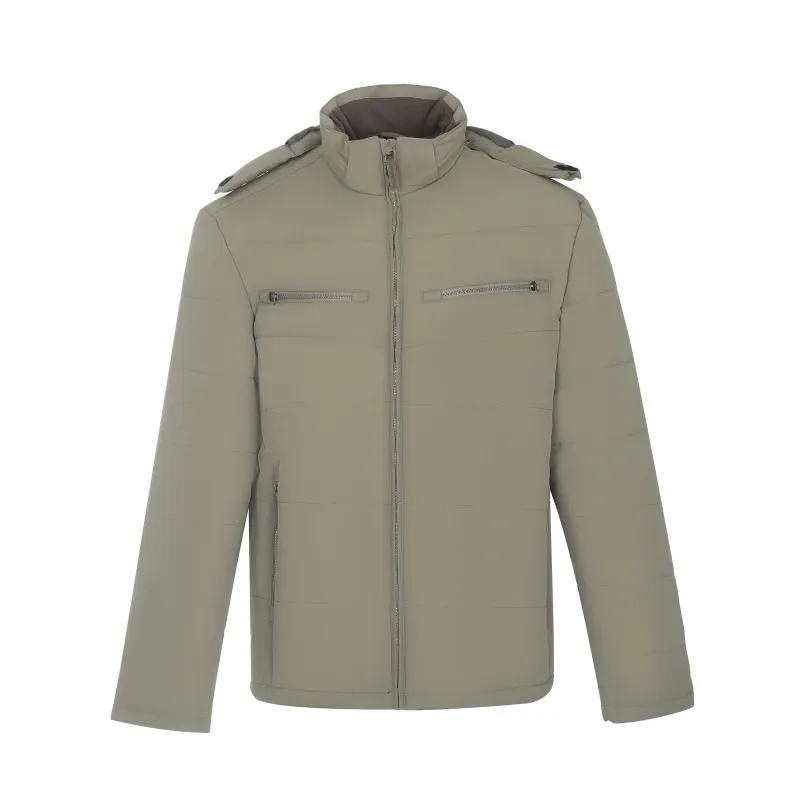
Following material preparation, the fabric undergoes precision cutting, often using automated CNC machines to ensure accuracy and minimize waste. The critical phase for any rain jacket is seam sealing. While fabrics themselves are waterproof, needle perforations from stitching create potential leak points. Therefore, all seams are meticulously sealed using heat-activated tapes applied over the stitched lines. This process, often involving ultrasonic welding or hot-air seam taping, creates an impenetrable barrier, transforming a sewn garment into a truly waterproof one. Quality control checkpoints are integrated at every stage, from fabric inspection for defects (e.g., ISO 811 for hydrostatic pressure resistance, ISO 11092 for thermal resistance and water vapor resistance) to final garment testing, ensuring adherence to rigorous performance standards like ANSI/ISEA 107 for high-visibility if applicable, or general EN 343 for protective clothing against rain.
The expected service lifespan of a properly maintained high-quality rain jacket in industrial settings can range from 3 to 5 years, depending on the intensity of use and exposure conditions. These jackets are indispensable across diverse sectors including construction, logistics, utility services, offshore operations, and agricultural applications, where personnel require reliable protection against inclement weather to maintain productivity and safety. Their primary advantages include superior protection against saturation, enhanced breathability for active wearers, and robust construction that withstands the rigors of daily industrial use, contributing to reduced downtime and increased worker comfort.
Technical Specifications and Performance Metrics
Selecting the optimal rain jacket requires a detailed understanding of key technical parameters that define its performance. These metrics provide objective benchmarks for waterproofing, breathability, and overall durability, crucial for making informed procurement decisions in B2B contexts.
Key Rain Jacket Performance Parameters
| Parameter | Description | Typical Range (Industrial Grade) | Significance |
|---|---|---|---|
| Hydrostatic Head (HH) | Measures water resistance by simulating water pressure. | 10,000mm - 20,000mm+ | Higher values indicate superior waterproofing, crucial for prolonged heavy rain exposure. Tested via ISO 811. |
| Moisture Vapor Transmission Rate (MVTR) | Measures breathability: how much water vapor passes through in 24 hours. | 5,000 - 15,000 g/m²/24hr+ | Higher values mean better breathability, reducing sweat build-up during strenuous activity. Tested via ISO 11092 (RET) or ASTM E96. |
| Fabric Denier | Unit of linear mass density of fibers, indicating material thickness/durability. | 70D - 200D+ | Higher denier implies greater tear and abrasion resistance, vital for rugged environments. |
| DWR Coating Life | Durability of the water-repellent finish on the outer fabric. | 20-50+ industrial washes | Indicates how long the DWR effectively sheds water before needing reapplication. |
Comparative Analysis: Rain Jacket vs. Alternatives
To further illustrate the unique value proposition of a specialized rain jacket, let's compare its typical characteristics against a general-purpose soft jacket and a heavy-duty winter jacket. This highlights why a purpose-built solution is often superior for specific environmental challenges.
| Feature/Jacket Type | Utility Rain Jacket | Soft Shell Jacket (Typical) | Insulated Winter Jacket (Typical) |
|---|---|---|---|
| Waterproof Rating (HH) | 15,000mm - 25,000mm+ (Fully Waterproof) | 5,000mm - 10,000mm (Water Resistant) | 5,000mm - 15,000mm (Often Water Resistant/Proof) |
| Breathability (MVTR) | 10,000 - 20,000 g/m²/24hr (High) | 15,000 - 25,000 g/m²/24hr (Very High) | 5,000 - 10,000 g/m²/24hr (Moderate, Insulation Limits) |
| Insulation | Minimal to None (Shell Only) | Light Fleece or None | Significant (Down, Synthetic Fill) |
| Primary Function | Absolute Rain Protection | Mobility, Wind Resistance, Light Rain | Warmth in Cold Conditions |
| Applicable Scenarios | Heavy rain, prolonged exposure, high-activity in wet. | Cool, windy, light precipitation, high aerobic activity. | Cold, dry to moderately wet conditions. |
This comparison clearly highlights the specialized role of a dedicated rain jacket. While soft jacket options excel in breathability and mobility for milder conditions, and winter jacket models prioritize thermal insulation, neither can match the uncompromised waterproofing of a meticulously engineered rain shell when confronting sustained heavy downpours.
Real-World Application and Tailored Solutions
The effectiveness of a high-performance rain jacket is best demonstrated through its application in challenging real-world scenarios. Our Utility Jacket, for instance, has been rigorously tested and deployed across various industrial sectors, consistently proving its value in maintaining operational efficiency and worker safety under adverse weather conditions.
Consider its utility in large-scale construction projects, where workers are exposed to unpredictable weather for long shifts. The jacket’s robust construction and reliable waterproofing ensure that essential personnel remain dry, comfortable, and focused on their tasks, significantly reducing instances of weather-related downtime. Similarly, in logistics and transportation, where outdoor loading and unloading operations are common, the jacket provides critical protection for drivers and ground crews. Field feedback from partners highlights its ergonomic design, which allows for full range of motion, and its effective moisture management, which prevents the clammy feeling often associated with less breathable waterproofs. These testimonials underscore the practical advantages gained from investing in specialized protective apparel.
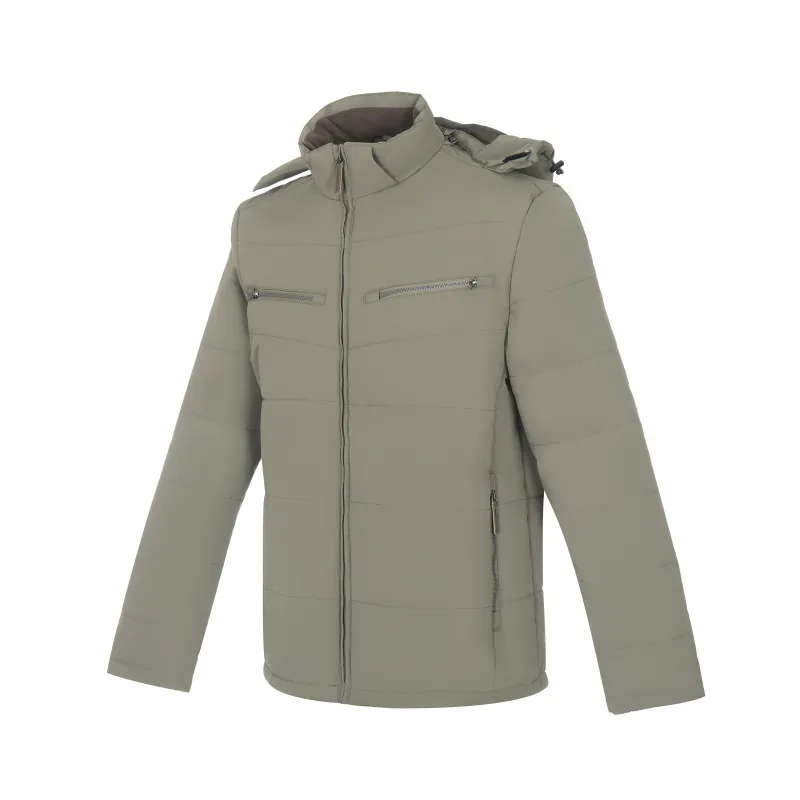
Beyond standard offerings, we specialize in providing bespoke customization solutions for our industrial clients. This includes specific color requirements for brand identity, integration of reflective elements for enhanced visibility (conforming to EN ISO 20471 standards), or the addition of specialized pockets and attachment points tailored to the tools and equipment used in particular trades. Our expert team collaborates closely with procurement managers and safety officers to understand precise operational demands, ensuring that the customized rain jacket not only meets but exceeds functional expectations. This approach guarantees that each garment is perfectly aligned with a company’s safety protocols and operational workflows, maximizing both protection and productivity in the field.
Our track record includes successful deployments with major energy companies for field technicians, municipal utility departments, and large-scale infrastructure development firms. These partnerships are founded on our commitment to delivering superior quality and our capability to adapt solutions to unique challenges, further cementing our position as an authoritative provider of professional protective outerwear.
Commitment to Quality, Trust, and Support
Our dedication to quality and customer satisfaction extends beyond product delivery, encompassing comprehensive support and transparent operational practices. We understand that for B2B clients, trust is built upon reliability, responsiveness, and consistent adherence to high standards. Our manufacturing facilities operate under strict ISO 9001:2015 quality management systems, ensuring that every rain jacket produced meets stringent international benchmarks for performance and durability. Independent third-party certifications validate our claims, providing an unbiased assurance of quality and ethical manufacturing.
Frequently Asked Questions (FAQ)
Q: What is the recommended care for my Utility Jacket to maintain its waterproofing?
A: For optimal performance, wash your Utility Jacket with a technical fabric cleaner (not regular detergent) on a gentle cycle. Tumble dry on low heat or air dry, and periodically reapply a DWR treatment to the outer fabric. Avoid fabric softeners and bleach, as these can compromise the membrane and DWR finish.
Q: What is the typical delivery timeframe for bulk orders?
A: Standard delivery for bulk orders typically ranges from 4 to 6 weeks from order confirmation, depending on customization requirements and order volume. For urgent requirements, expedited production and shipping options can be discussed with our sales team.
Q: What is the warranty policy for the Utility Jacket?
A: Our Utility Jacket comes with a comprehensive 3-year warranty covering manufacturing defects in materials and workmanship. This warranty reflects our confidence in the product's longevity and performance under normal industrial use. Full details are available upon request.
Our Commitment to You
- Robust Quality Control: Adherence to ISO 9001:2015 for consistent product excellence.
- Dedicated Customer Support: A responsive team ready to assist with technical queries, order tracking, and after-sales service.
- Guaranteed Performance: Products engineered and tested to meet or exceed industry standards for protective outerwear.
- Sustainable Practices: Commitment to responsible material sourcing and manufacturing processes where possible.
Our long-standing relationships with key industrial clients are a testament to our commitment to not just supplying high-quality protective gear, but also being a reliable partner in ensuring workforce safety and operational continuity.
References
- International Organization for Standardization. ISO 9001:2015 Quality management systems – Requirements.
- ASTM International. ASTM E96/E96M-16, Standard Test Methods for Water Vapor Transmission of Materials.
- European Committee for Standardization. EN 343:2019 Protective clothing - Protection against rain.
- American National Standards Institute / International Safety Equipment Association. ANSI/ISEA 107-2020, American National Standard for High-Visibility Safety Apparel and Accessories.

